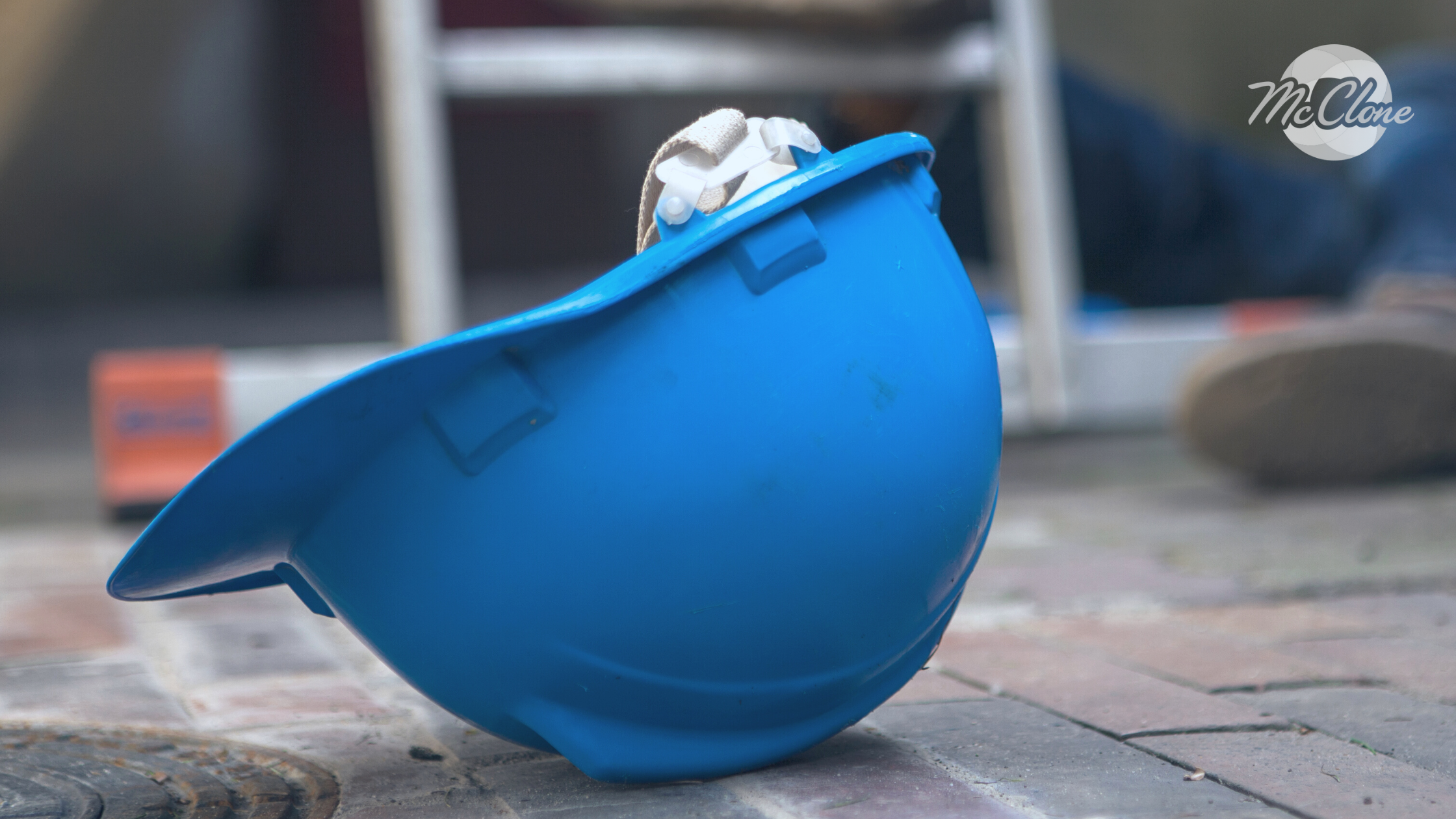Timely Accident Investigations Reduce Costs of Worker Injury Claims
November 11th, 2020
3 min. read
By David Collingwood, Director of Workers' Compensation Claims & Safety

In industries like construction and manufacturing where safety risks are inherent to the work that is performed, injury prevention is generally an everyday task and workplace safety is often synonymous with workplace culture.
Unfortunately, even with such a solid commitment to safety, it’s impossible to eliminate all injuries in the workplace. Accidents will occur and workers will be injured—and when that happens, it’s important to complete a timely investigation so you can accurately report the specifics of the incident.
The Occupational Safety and Health Administration (OSHA) forms and state first report of injury (FROI) require detailed descriptions of the incident and resulting injuries. Failure to promptly provide accurate and complete information can result in fines for late reporting and several studies have found that worker’s compensation claims filed later tend to have higher costs.
Establishing a standard incident investigation process helps provide a template for prompt and comprehensive injury reporting, ultimately saving you time and money. Plus, OSHA strongly encourages employers to investigate all safety incidents (even those without injury) as part of a comprehensive safety program.
A good investigation will include the following analytical components, as well as assist with completing the necessary injury/incident reports.
Secure and document the scene
This first component is easier to execute and more meaningful when you hear about an incident in real time and can respond to the scene immediately.
Many companies create a first-responder team of first-aid qualified employees that deploys when an incident is reported. The team includes a supervisor or manager trained in incident investigation, so while the rest of the team attends to the injured worker(s), the investigator can quickly begin to secure and document the scene.
Taking this early step ensures that evidence can be documented and gathered before it can be damaged, overlooked or forgotten.
The following items would be useful to have on hand for the supervisor/manager completing the incident investigation:
- Gloves and other PPE
- Facility floor plan/diagram to sketch scene.
- Barrier equipment to block off areas – stakes, cones, warning tape, etc.
- Smart device that includes camera as well as audio and video recording.
- Flashlight, measuring tape, containers for collecting samples.
Another item of importance would be a standard incident investigation form where the supervisor/manager can record findings.
In most cases, this form includes a comprehensive list of questions that help fill in the blanks on OSHA form 301 as well as the state FROI. It can serve as a meaningful guide when conducting interviews with injured workers and witnesses.
Interview injured worker(s) and key witnesses
Memories fade with time, so you will want to conduct interviews as soon as the site is secure and safe, and things have settled down.
One of the best ways to begin an interview is to let employees know that you aren’t pointing fingers, but rather are interested in learning what happened so you can address the root cause. Employees can be reluctant to participate in an investigation if they worry about negative consequences such as discipline or termination, and you need them to be open and candid about the incident.
Start by asking the employees to describe what happened and don’t interrupt. Take notes (and get permission to record the responses) so you can ask clarifying questions to fill in any missing information or correct any inconsistencies.
For the most part, the information required to correctly report injuries for state FROI and OSHA falls into these categories:
- What was the employee doing just before the incident occurred?
- What happened? What was the specific injury or illness?
- What object or substance directly harmed the employee?
Depending on the incident, however, you will need to ask additional questions that examine the root cause of the incident (e.g. adequate training, damaged or missing safety mechanisms, operational filings, management deficiencies, etc.).
Collect information relevant to the case
In addition to collecting evidence and conducting interviews, some incident reporting may require additional information. For example, your workers’ compensation insurance carrier will want to know if there is any third-party liability involved, or if you have uncovered any pertinent red flags during your investigation.
As part of your investigation, you can prepare by gathering any corroborating materials relevant to the case, including.
- Company safety policies
- Machinery manufacturer information including purchase date
- Maintenance records
- Employee training records
- Enforcement policies
- Previous corrective action recommendations
Conducting a thorough investigation of an incident as soon as possible not only allows you to capture all the pertinent information you will need to properly record and follow-up on any safety issues—It also sets you up to quickly and easily fill in the blanks to report an injury to OSHA and your workers’ compensation insurance carrier and broker, saving you time and money.
Looking for ways to speed up your claims process?
At McClone our team takes a proactive approach to claims monitoring, completely supporting our clients by partnering with the carrier to assist in all claims handling and administration. We are also proud to be the exclusive provider of the OSHAlogs platform in Wisconsin, and we are thrilled to introduce this exciting new tool!
With its secure, web-based platform, OSHAlogs.com allows your team to file paperwork immediately from the scene of an incident with one simple form. No downloads are required, and the app is compatible with any smartphone, tablet or computer.
Imagine, if in just 4 minutes you could file your OSHA and FROI forms AND notify your broker to start monitoring a workers’ compensation claim with just ONE online form.
You don’t need to just dream about it. Schedule your demo today and experience the power of OSHAlogs for yourself.
David Collingwood, Director of Workers' Compensation Claims & Safety
In his role at McClone, David is responsible for overseeing two key service areas—workers’ compensation claims advocacy, and safety and loss control. With more than 32 years of leadership experience in carrier work comp claims management, David has worked closely with clients in a variety of industries—construction, manufacturing, healthcare, hospitality, etc.—to help them understand work comp claims processes and mitigate claims. Company safety practices and procedures are key to reducing claims, and David uses his knowledge of state statutes, case law and complex claims to help clients identify risks, increase safety awareness and maximize carrier resources. Prior to joining McClone in 2020, David most recently worked for SECURA Insurance Company. He holds a bachelor’s degree in economics from Illinois State University and served on the board for the Wisconsin Claims Council as well as an insurance liaison on the Wisconsin Workers’ Compensation Advisory Council. David is also actively involved in the Menasha, Wis., community and he currently serves as Vice President of the congregation for Trinity Lutheran Church.
Topics:




